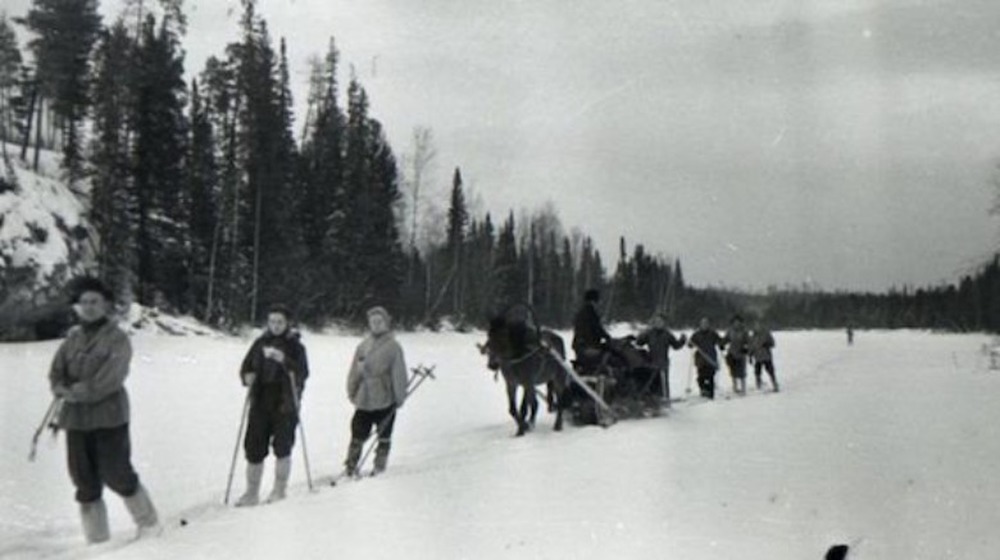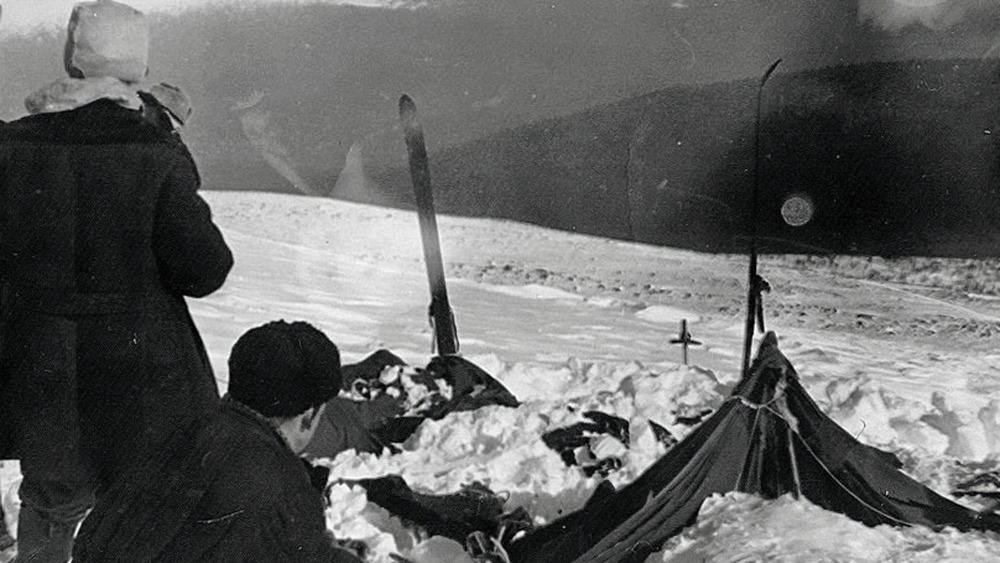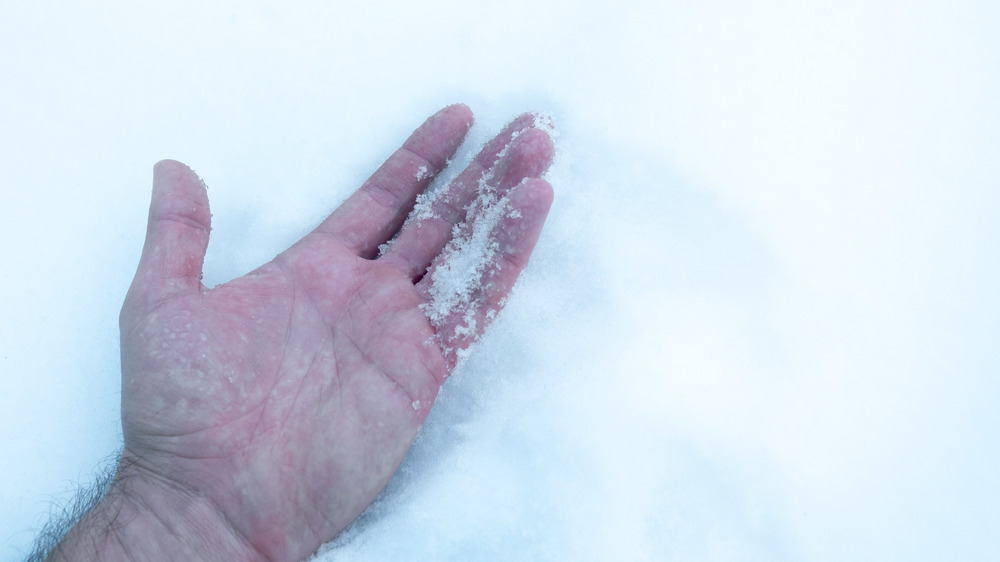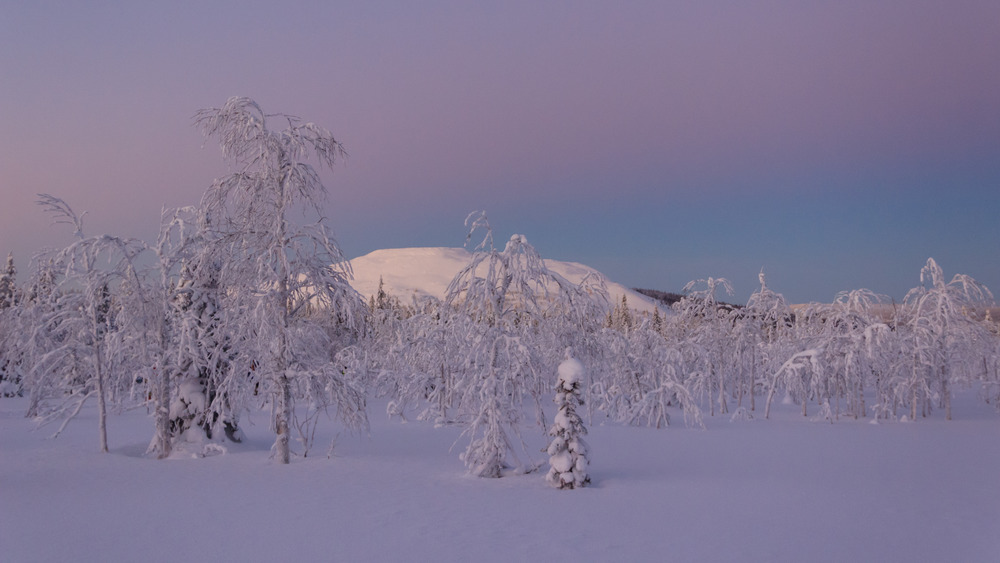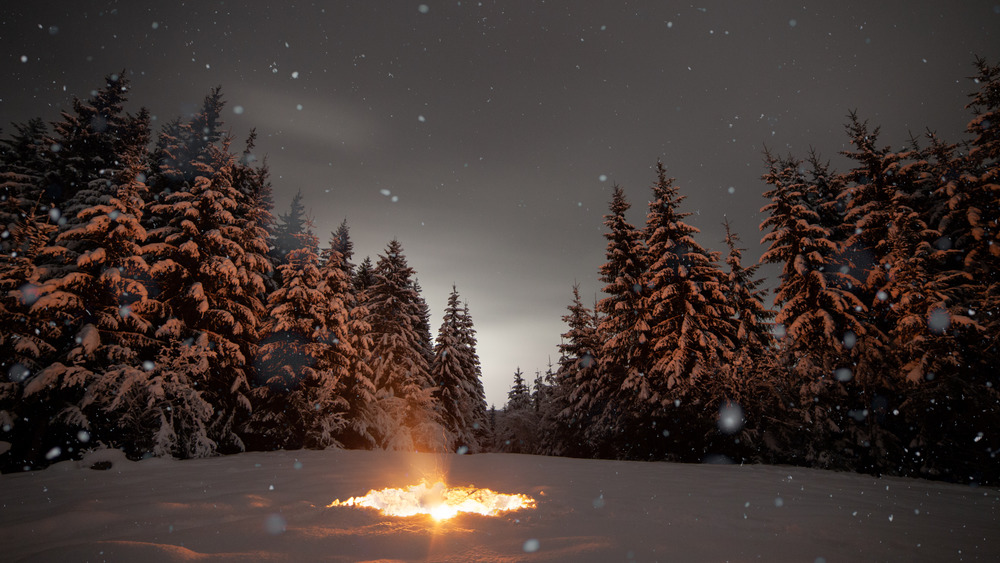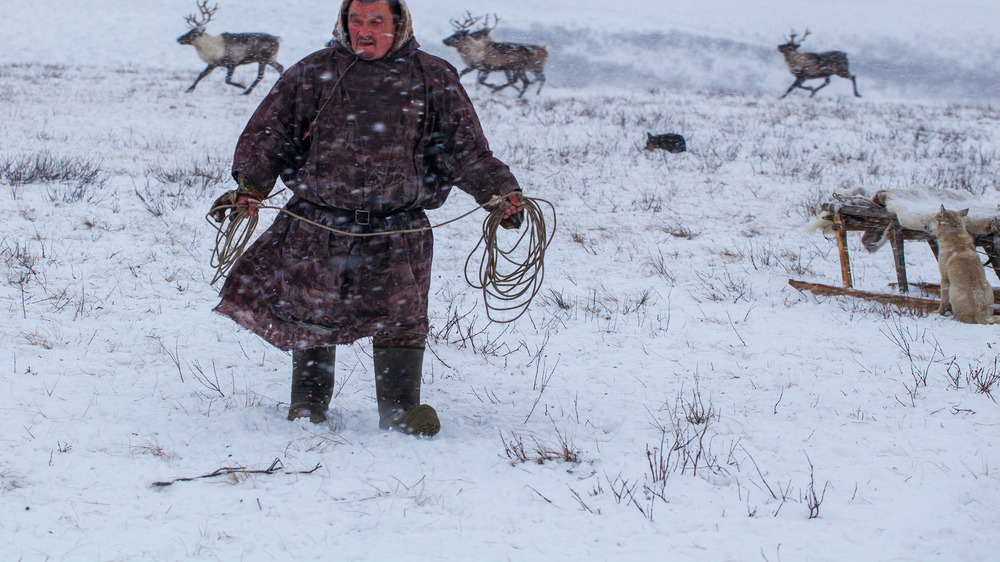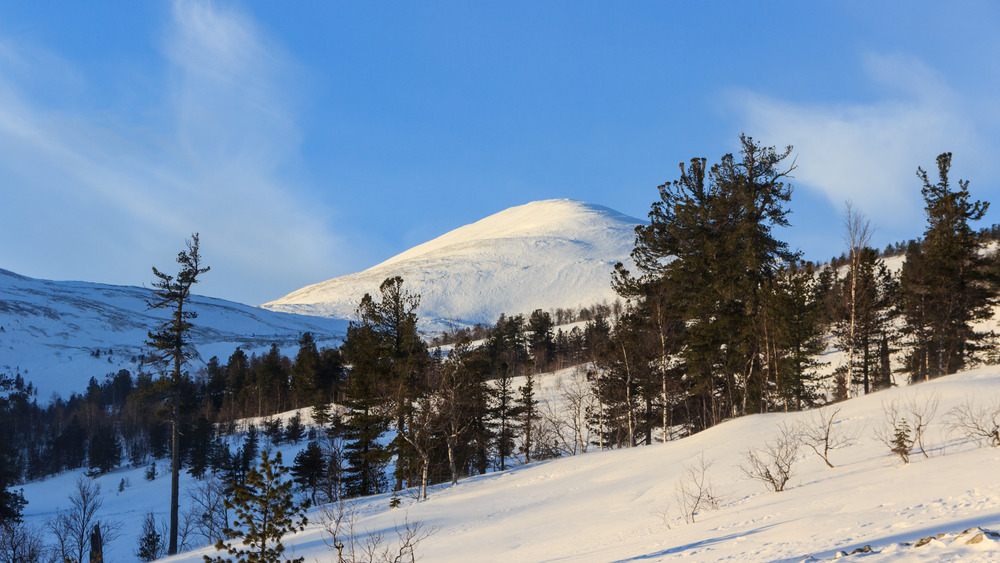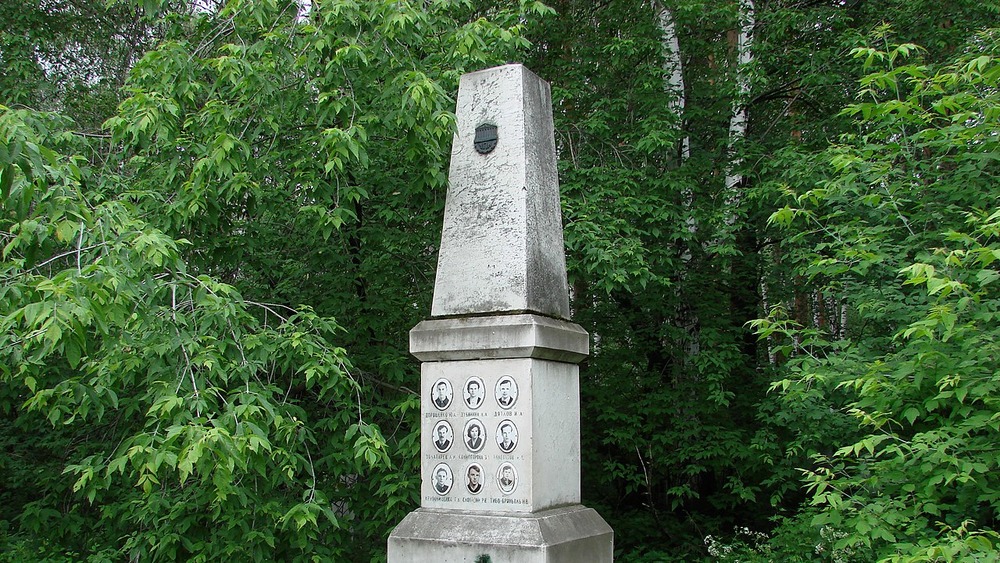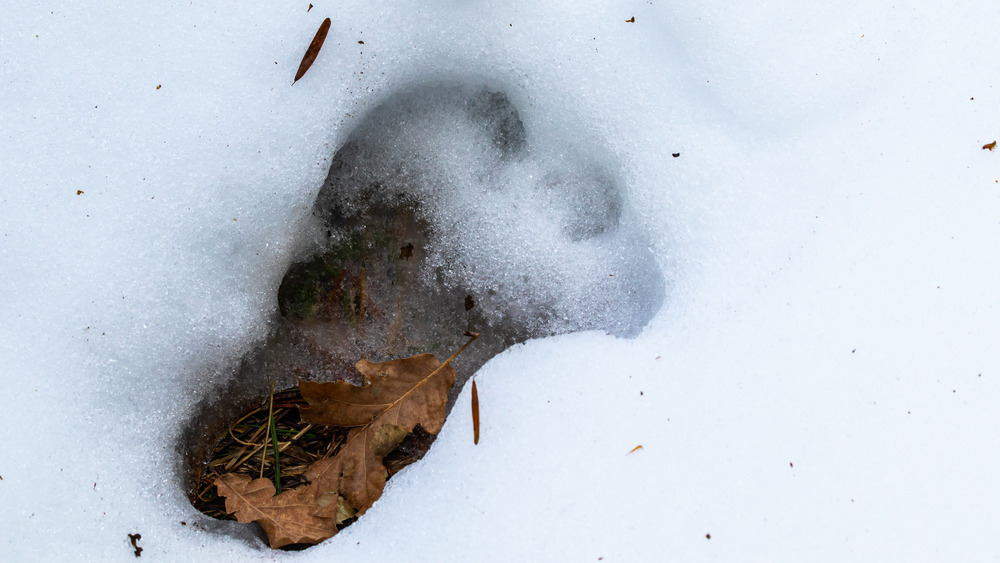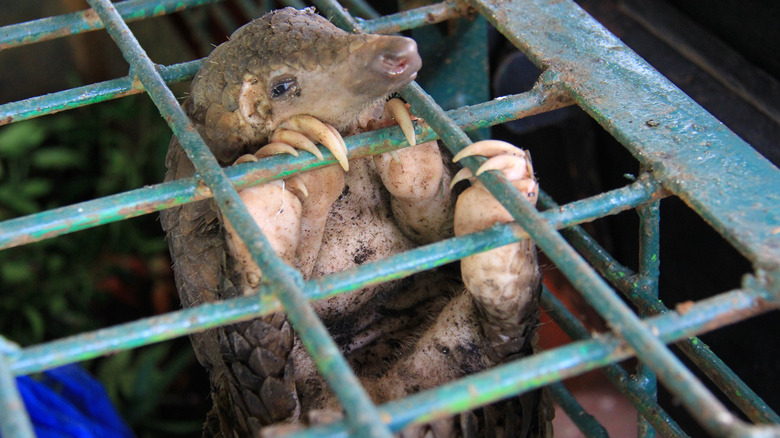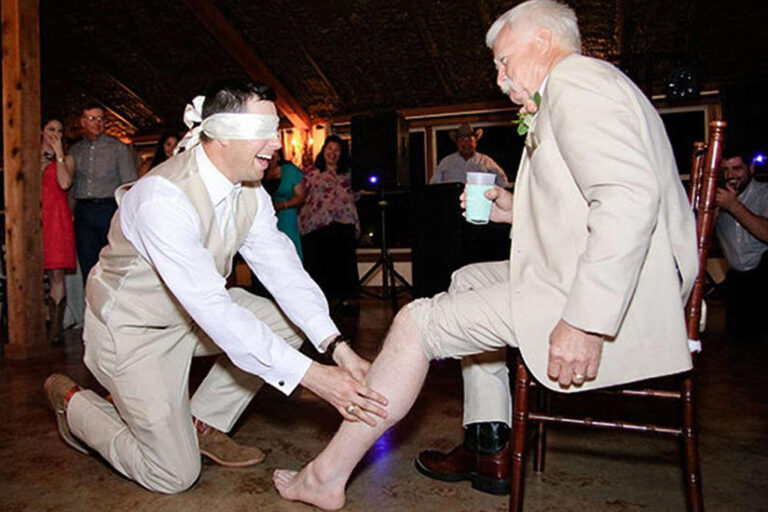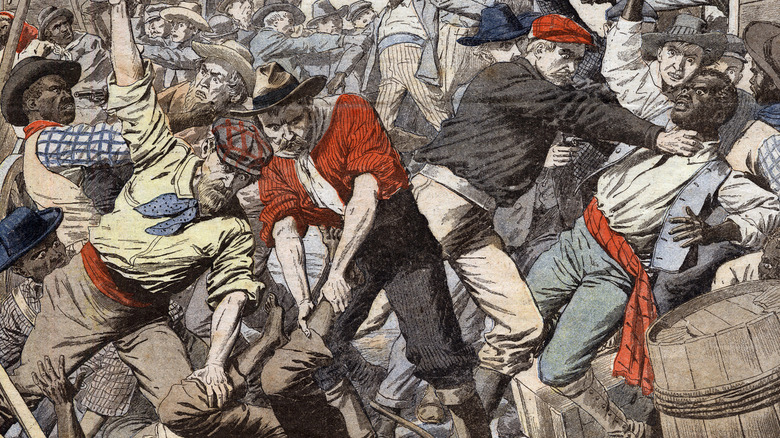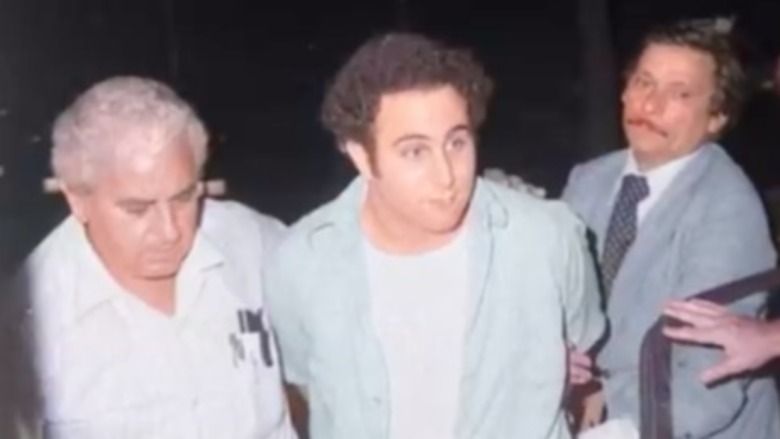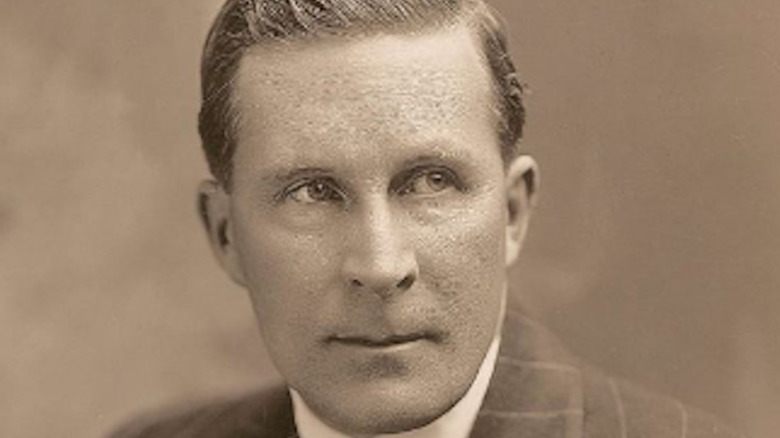
The Mysterious Deaths At Dyatlov Pass
While there is something to be said for never going outside because nature is scary, it’s undeniable that the world is a beautiful place, and much effort has been put forth by humankind to actually see it up close. People have dove deep into the ocean, trekked through the stickiest, hottest jungles, and yes, hiked over mountains in the middle of winter.
Experts typically agree that if you’re going to do such things, you should be incredibly prepared and have some experience in whatever outdoor activity you’re trying to do. Before you cycle across the country, make sure you can cycle across your city first.
But even the people who know what they’re doing can sometimes end up in bad circumstances, whether through mistakes or just plain bad luck. Then there’s the hikers who disappeared in what is now called Dyatlov Pass in 1959, where no one knows just what happened.
This was no ordinary hike
Cross-country hiking is no joke, but take that and then add “in Russia” and “in the middle of winter” to it, and you’re talking about something that is deadly serious. Literally, because people freeze to death in Russian winters all the time, and they’re not even going out into it on purpose.
In January 1959, Igor Dyatlov, a college student, and his cadre of nine fellow hikers, all trained and experienced in outdoor activities, set out to cross Russia’s Ural mountains in the coldest part of the year, according to the BBC. These were seasoned hikers who had successfully completed multiple similar hikes, and they came prepared.
With their knowledge and experience, they knew this hike wouldn’t be a cakewalk either. They knew that mistakes could quickly mean death due to hypothermia, animal attacks, or falls and other kinds of accidents. Dyatlov specifically chose his team, mostly fellow students, because they had the skills to complete the expedition. And so, on Jan. 27, 1959, eight men and two women, all but one under the age of 25, set out from the city then known as Sverdlovsk (now Yekaterinburg) on a hike from which they’d never return. Their fate would still be unexplained over 60 years later.
And then there were nine
On day two of the expedition, Jan. 28, 1959, one of the hikers, a man named Yuri Yudin, fell ill. While the group was prepared for such things, Yudin also suffered from some long-term illnesses that made even this potentially troublesome. Since they hadn’t gone far, Yudin made the difficult decision to drop out of the hike, according to Museum Center. Little did he know, this would make him the sole survivor of the expedition, living to the age of 75 and passing away in 2013.
Igor Dyatlov and the other hikers continued as planned. Before setting out, they had told their families and others to expect to hear from them again on around Feb. 12, 1959, when they’d return to civilization. When this day came and went with no word, no one was alarmed. It was a difficult hike, and the chances of a delay were high, according to the BBC.
It wasn’t until Feb. 20, 1959, over a week later, that the hikers’ families began pushing authorities to begin a search party to look for the nine missing members of the expedition. While Russia was still deep in winter, and it wasn’t impossible that the group was merely heavily delayed, each day that passed made it more and more unlikely that the travelers would ever come home. Police, the military, and a band of volunteers put together a massive search for Dyatlov and his fellow hikers.
The tent on Dead Mountain
On Feb. 26, 1959, searchers found the remains of the hikers’ tent. The tent appeared to be shredded and was nearly completely destroyed, partially covered by the snows that continued to fall, according to CNN. It was found on the slope of Kholat Syakhl, a name based on the local Mansi people’s name for the area. Its literal translation is Dead Mountain.
Inside the remains of the tent, the group who located it found the hikers’ belongings but also random pieces of clothing and shoes. There were also nine sets of footprints leading away from the tent. Some wore boots, but some of the footprints seemed to indicate that a few of the hikers were in their socks or even barefoot, according to the BBC. The tracks led down the slope to a nearby pine forest.
After searching the area around the tent, footprints, and the woods below, investigators uncovered five of the hikers, all dead of hypothermia, including Igor Dyatlov himself. Some of the bodies were as close as 300 meters (984 feet) to the tent. With this initial evidence, the police believed what had likely happened was the hikers had been exploring the area when heavy snows or fierce wind came down the mountain and trapped them before they could return. They’d need to wait for the spring thaw to find out more information, though.
When the snow melted
It took over two months for the snows to melt enough for authorities to come back and finish their search on the slope of Kholat Syakhl. They expected to find four more hikers dead of hypothermia, probably further out than the other five who had been trying to return to the tent. The latter part, at least, was correct. The final four hikers were out much further than the rest, but their cause of death would turn the entire case on its head, according to the BBC.
Instead of death by hypothermia, the four hikers were situated around a dry creek bed. While they had undeniably experienced extreme colds, what actually killed them was extreme trauma, not unlike what someone might experience in a fatal car accident. Some of the other five had bruises and other minor injuries, but the last four hikers had broken bones and other signs of some sort of large impact.
Obviously, there aren’t many things in nature that can do that kind of damage to a person. Falling off a cliff, perhaps, but these four weren’t climbing. It was as if something struck them very hard, and perhaps struck some of the others in a less serious fashion, and then vanished into the sky. What seemed like a simple case of hikers taken by surprise by an extreme cold snap now looked like something else entirely.
Re-examining the evidence
The state of the four bodies found in the spring of 1959 led authorities to re-examine the evidence they had found shortly after the crew disappeared, giving it a new eye in hopes of unraveling just what happened to Igor Dyatlov and his crew. One thing they had noticed during the initial observation that seemed far more relevant now was the cuts on the rear of the tent. They were made from the inside, not the outside, according to the BBC. The hikers hadn’t been trying to get back to the tent, they were trying to get away from it.
Also taking on greater mystery was the fact that several of the hikers had been partially clothed. Some were even in their underwear. Several didn’t have proper footwear, as noted by police in the first part of the investigation. The footprints had included socked prints and bare feet. Weirdest of all, though, were the prints that had one boot on and one boot off, like the hiker had been interrupted in the middle of putting them on.
This could be explained by a known phenomenon called “paradoxical undressing,” where people who are extremely cold might experience a sensation like they’re actually very hot and strip down instead of bundling up. But some of the hikers also seemed to be wearing scraps of clothes from hikers who had already died.
The case started getting really weird
Already, investigators had a conundrum on their hands. Why would the hikers have tried to escape their tent in the middle of winter? Why would they leave partially clothed? Furthermore, why did the footprints seem to indicate that the hikers weren’t running but walking at a normal pace?
Even putting aside the trauma injuries, there were other oddities, according to the BBC. Two of the hikers had been found near an improvised campfire and had badly burned hands and feet, seeming to show that the two had actually intentionally put parts of their bodies into the fire in order to warm up. Then, there were the post-mortem injuries to the hikers found in spring. Two were missing their eyes, and one was missing her tongue. These are signs of natural predation, which can happen when a body is left to the elements, but it also indicates that they were not buried deeply, otherwise the animals wouldn’t have discovered them in the first place.
Finally, there were the rumors of weirder things. One is that police apparently found radiation on one of the hikers’ clothes. The source was unexplained, and while the official report only mentions this small amount, there’s some suspicion that there was much more that wasn’t documented. Additionally, according to people who attended the hikers’ funerals, their skin was an odd reddish or orange color.
The Indigenous people that police believed killed the hikers
While Igor Dyatlov and his team were far from the civilization they knew, they weren’t alone out there on Kholat Syakhl. Indeed, the area was inhabited by people indigenous to Russia, called the Mansi. The Mansi were primarily peaceful reindeer herders and tended to avoid outsiders for the most part, but with four hikers who suffered heavy trauma and no one else around, it seems police concluded that there was at least a possibility that the Mansi were involved, according to the BBC.
The working theory was that the Mansi people potentially held the area sacred and so might have attacked the hikers for trespassing on their lands. But there was at least one major hole — other people had crossed this land in the past and nothing happened to them. Law enforcement interviewed several Mansi people (often keeping them detained for long periods of time) but eventually decided the Mansi had nothing to do with what happened to the hikers.
For one thing, no footprints outside of those made by the hikers were ever discovered near any of the bodies. It seemed the team was completely isolated at their final campsite. Also, investigators were confident that the traumatic injuries the hikers received simply couldn’t have been made by human beings. They had to have been caused by a more powerful force.
Every skier's worst nightmare
What seemed far more likely than attacks by the Mansi was the possibility of some sort of natural event. The two leading contenders here were an avalanche (obviously a possibility in the mountains in winter time) or extreme, possibly even hurricane level, winds, according to the BBC.
Avalanches can shift a whole lot of snow, and they can easily crush people to death. Mass amounts of snow get very heavy quickly, and it can put forth more than enough force to batter a human like the hikers found on the mountain. However, there are some problems with this theory. For one thing, the tent wasn’t buried under snow when investigators found it nor were the hikers’ footprints, according to Museum Center. The bodies that suffered the most damage were buried under snow but not deep enough for the kind of avalanche that would have caused so much damage. On top of that, the area where the hikers were found wasn’t really steep enough for an avalanche.
While high winds in the range of 70 miles per hour could definitely have caused the hikers to flee their tent and seek shelter elsewhere, and possibly fling something hard enough to cause traumatic injuries, these sorts of events are very rare and none were reported in the area at the time.
A spontaneous power of nature
In the end, when authorities looked at all the evidence they had collected and searched for an explanation, they came up empty handed. Plenty of explanations almost fit, but there was always something that still didn’t make sense. Because they were satisfied that no crime had been committed and thus there was nothing further they could do in the case, it was eventually closed.
But even the case’s closing was weird. Since police still had no idea what actually killed the nine hikers, their cause of death was attributed to a “spontaneous power of nature,” according to CNN. What does that mean? Basically anything. It left open the possibility that the team’s deaths might be solved someday, but that investigators were unable to determine what this force of nature was or why it didn’t seem to leave any evidence behind for them to declare a specific cause of death.
Afterward, the case files were marked secret and stored in a secure facility. This does sound very ominous, but the truth is that pretty much all cases in the days of the Soviet Union were treated this way, according to The Atlantic. Still, that hasn’t stopped allegations, even from members of the investigation, that people higher up in the Russian government wanted the case hushed up, quietly “solved,” and forgotten forever.
Forgotten forever (or 35 years)
What happened at Dyatlov Pass (since named in honor of Igor Dyatlov and his fellow hikers) was indeed forgotten, for several decades anyway. However, In the early 1990s, two things changed. First, there was the fall of the Soviet Union, after which the files on the case were no longer quite so secret (after all, the regime that had classified them was now gone). The second was the dawn of the internet.
As people involved with the investigation found they were no longer restricted from talking about the case, several in-depth interviews and books were published in the 1990s, according to The Atlantic. The relatively new world wide web turned out to be a great place for this formerly secret case to really flourish in its weirdness. Articles and even entire sites about the case sprang up as people tried to figure out just what happened in 1959.
In fact, the case became so popular outside of Russia that in 2019, authorities actually re-opened the case and examined the evidence collected 60 years prior. The investigation kept things simple and opted not to examine some of the far out explanations. Instead, they looked at a standard avalanche, a slightly different kind known as an ice block avalanche, or high winds. In 2020, they announced their findings — officially, the Russian government now has recorded an avalanche as the cause of death of the lost hikers.
But the unofficial explanations run rampant
Some armchair theorists were dissatisfied with these results, so speculation continues. For example, there’s the theory that the hikers encountered aliens or their spacecraft, which killed them, and then the Russian government covered it all up.
A surprisingly popular explanation is that the hikers weren’t attacked by people but a yeti, according to the BBC. Allegedly, the hikers had spotted the yeti before making camp and heard it coming, so they ran. The four hikers with major injuries received them when the yeti was able to grab and attack them.
One explanation that’s a bit more plausible than those two and does seem to fit the facts pretty well is that the hikers were accidentally killed by a military weapons test, which the government silenced to avoid leaking the army’s secrets. Specifically, some folks point to parachute mines. These explosives are dropped from aircraft and are said to look like orange glowing balls in the sky, something that had been reported near Dyatlov Pass in the days surrounding the hikers’ deaths, according to Owlcation. The theory goes that the Russian military dropped parachute mines on the area, unaware that hikers were going through. The hikers saw the orange lights and panicked. The four hikers with traumatic injuries had been closest to a mine when it detonated. Even without shrapnel or an explosion hitting the hikers, the explosive shockwave alone is theorized to have caused the injuries.
Another mystery layered into the mystery
While the exact specifics of the hikers’ deaths will never be explained to everyone’s satisfaction, the investigations into it did reveal another particularly odd mystery. In 2018, a Russian tabloid called Komsomolskaya Pravda reached an agreement with one of the hikers’ families. Semyon Zolotarev, one of the four hikers with traumatic injuries and the oldest of the group at age 38, was exhumed so they could examine him.
Because this was just shy of 60 years after Zolotarev’s death, there wasn’t a lot more that could be determined due to decades of decay. The tabloid did arrange to have some of the corpse’s DNA sampled for testing purposes, though. While they didn’t find anything useful to the Dyatlov Pass incident, they did discover that Zolotarev’s DNA didn’t match any of his living ancestors, which is strange because they were able to confirm that the body was the man known as Semyon Zolotarev based on photos taken after Zolotarev returned from World War II.
There are several possible explanations, but two seem most likely. The first is that Zolotarev might have been adopted and simply never knew. There’s no documentation that said he was, but it’s possible that none ever existed. The other possibility? The man known as Semyon Zolotarev might have been an imposter. The real Zolotarev may have died in the war, and the man who returned afterward was someone else who took his name, like a real life Don Draper.

This Was Michelle Pfieffer's Experience With A Cult
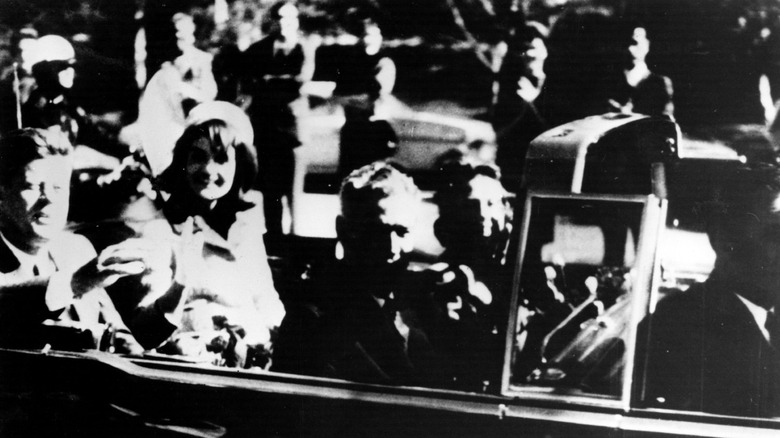
The Bizarre JFK Assassination Theory That Trump Believes

What Would Happen If The Earth's Core Cooled

What We Know About The Pentagon's UFO Report So Far

The Bizarre Truth About Corpse Flowers

The Haunting History Of The British Forest Cannock Chase
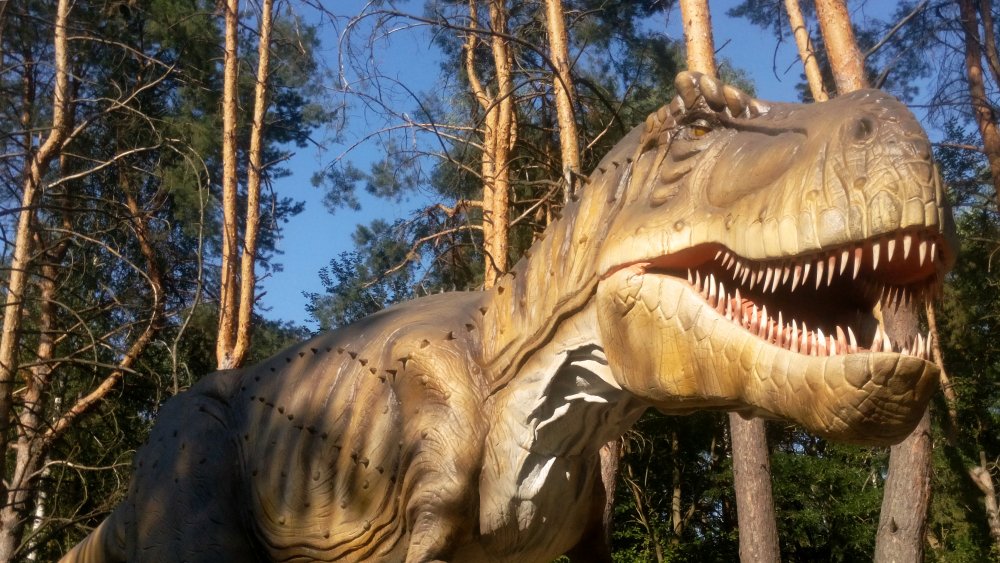
'Reaper Of Death', Cousin Of T. Rex Discovered
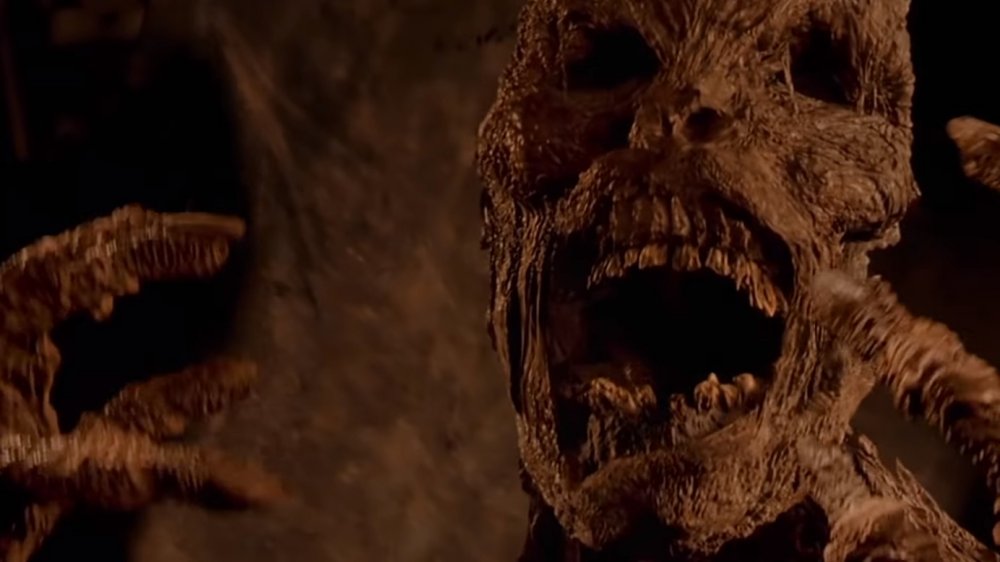
Ancient Egyptian Mummy 'Brought To Life' Through Voice Recreation

Moray Christmas, Zappy Holidays: Electric Eel Powers Aquarium's Xmas Lights

The Smallest Dog Breed In The World
